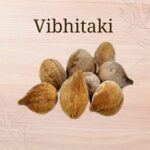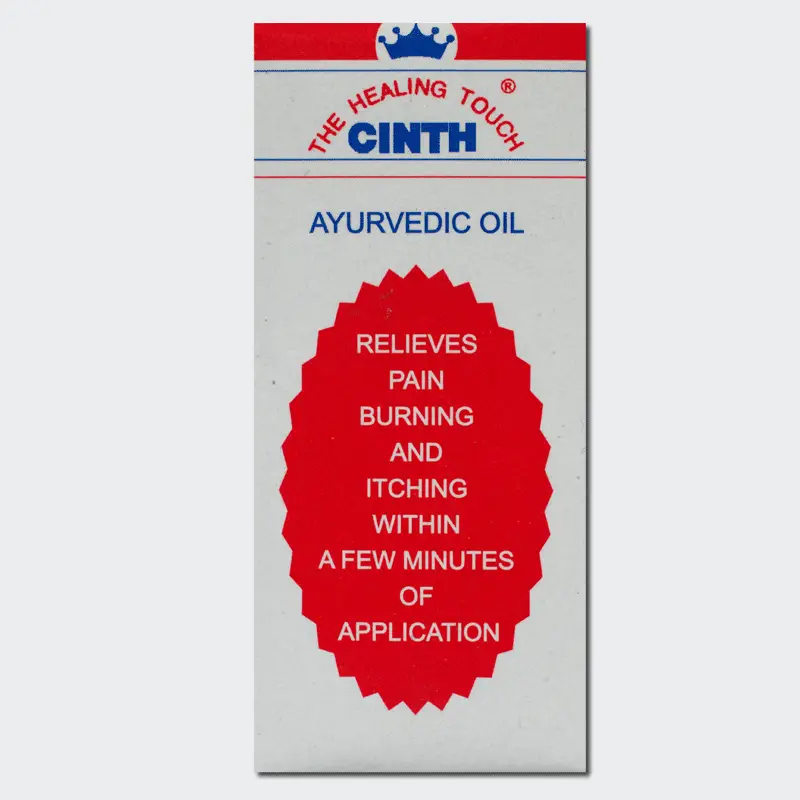
Panchakarma – Everything You Need to Know
What is Panchakarma? Panchakarma is an Ayurvedic detoxification and rejuvenation therapy that has been practiced in India for thousands of…
-
The Great Pyramid of Giza
-
Pyramid of the Sun in Mexico

-
Structure Overview
-
Religious Significance
-
Engineering Methods

-
Limestone Usage
-
Alignment Techniques
-
-
-
Tombs for the Pharaohs
-
Built to Last
-
Pyramids Engineering
-
Mysteries Surrounding Pyramids
Do you know what’s destroying the planet? Animal Agriculture. Do you know who’s doing something about it? Vegans.
Diabetes can be managed effectively with lifestyle changes and Ayurvedic herbs like Gudmar and Jamun.
People with diabetes should never eat any sweets at all.
Great business ideas start with a problem that needs solving. Begin by identifying pain points that you or others are experiencing.
Think outside the box to come up with creative solutions to the pain points you've identified. Don't limit yourself. All ideas are good at this stage.
Use your constraints (e.g., financial or time limitations) to narrow down your list of solutions.
Create a video, drawing, model or mock-up to demonstrate your solution. It doesn't have to be perfect. Think of it as your first draft.
Find out what people think about your prototype. Talk to people that will use your solution. Implement their feedback to improve your prototype.
Once you are confident in your solution, create a business model around the pain and solution you have.

What is Panchakarma?
Panchakarma is an Ayurvedic detoxification and rejuvenation therapy that has been practiced in India for thousands of years. It is intended to purify the body, mind, and soul, as well as to restore the individual's imbalanced doshas and Prakriti. In this article, we will look at the fundamentals of Panchakarma, including its processes, benefits, concepts, concerns, and symptoms that indicate a need.
Principles of Panchakarma:
It is based on the principles of Ayurveda, an ancient medical system. It believes that overall health is determined by the balance of the three doshas: Vata, Pitta, and Kapha. When these doshas are excessive, it might cause a variety of health problems. Panchakarma, a system of therapies and treatments, seeks to restore this balance.
Purification and Detoxification:
The primary objective of Panchakarma is to cleanse and detoxify the body. To balance the doshas, the toxins (ama) in the body must be removed. Toxins build up as a result of poor food habits, environmental influences, and stress, among other things. Panchakarma aids in the elimination of toxins, promoting general wellness.
Symptoms of Panchakarma:
The common symptoms and conditions that indicate the need for Panchakarma is Chronic digestive issue, Toxic buildup, Chronic fatigue, Skin issues, Respiratory problems, Poor digestion, Hormonal imbalance, Chronic pain, and many more.
Five therapies of Panchakarma:
Pancha means "five" in Sanskrit, while karma means "action." As the name suggests it includes five therapies for detoxification.
- Vamana (Emesis Therapy): This involves therapeutic vomiting to rid the excess Kapha dosha from the body. It is useful for individuals who suffer from bronchial asthma, allergies, and obesity.
- Virechana (Purgation Therapy): This involves herbal laxatives to remove excess Pitta dosha from the gastrointestinal tract. It is useful for individuals who suffer from liver issues, skin disorders, and digestive problems.
- Basti (Enema Therapy): This involves the introduction of herbal decoctions and oils into the rectum to cleanse and nourish the colon. It is used to balance Vata dosha and is beneficial for individuals suffering from constipation and lower back pain.
- Nasya (Nasal Therapy): This involves the administration of medicated oils or herbs through the nasal passages. It helps in treating sinus-related issues by clearing the respiratory passages.
- Raktamokshana (Bloodletting Therapy): This involves detoxification of blood by removing a small amount of blood. This is a less commonly practiced therapy.
Preparatory and Post-treatment phases:
Before undergoing this practice, an individual will often go through a preparation phase known as “Purvakarma.” This stage includes procedures like dietary changes, oil massages, and herbal preparations. These things prepare the body for the detoxification process. After completing Panchakarma, a post-treatment phase called “Paschatkarma” is vital.
Personalized Approach: It is highly customized treatment. The specific therapies and treatments are determined based on a person's constitution (Prakriti), imbalances (Vikriti), and current health conditions.
Duration and Intensity: The duration of a Panchakarma treatment varies depending on the individual Prakriti and dosha imbalance, but it lasts from a few days to several weeks. Depending on the severity the intensity of treatment may vary. These treatments are carried out under the surveillance of an experienced Ayurvedic practitioner.
Benefits of Panchakarma:
Panchakarma offers numerous benefits such as Improved digestion, stress reduction, improved skin health, weight loss, enhanced immunological function, mental clarity, chronic pain relief, and relief from various chronic health ailments.
Considerations and precautions:
While performing panchakarma, it is essential to consider the following steps:
- Before performing Panchakarma consult with an experienced practitioner to determine your suitability.
- Choose a specialized Ayurvedic center to execute the procedure.
- Ensure that treatments are carried out with utmost care and hygiene.
- Adhere to the dietary changes that have been suggested.
- Some people may develop fatigue and nausea as a result of the therapy.
- It is not a one-time treatment and may require more sessions depending on the severity.
Before undergoing Panchakarma or any Ayurvedic therapy, it's important to consult with a qualified Ayurvedic practitioner who can assess your individual Prakriti and provide tailored phases. Furthermore, for best results, ensure that the practitioners and centers you choose comply with safety and ethical standards.

Latest blog posts
Tools and strategies modern teams need to help their companies grow.

8 Health Benefits of Guduchi – Immune Boosting Herb
Guduchi, also known as Tinospora cordifolia or Giloy, is a powerful herb practiced for years in traditional Indian medicine, Ayurveda.…

Unlocking the Power of Bhringraj: Enhancing Hair Health Naturally
Bhringraj: In the world of Ayurveda and natural remedies, one of the most familiar herbs that pop up in every…

Explore the Digestive Benefits of Vibhitaki
Vibhitaki: In the world of traditional Ayurvedic medicine, many timeless treasures are hidden within the branches of ancient trees. One…





















 AyurCentral
Plus
AyurCentral
Plus






